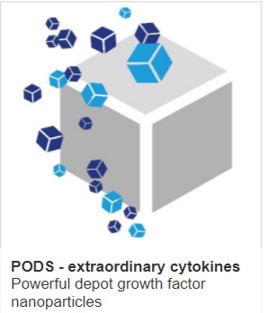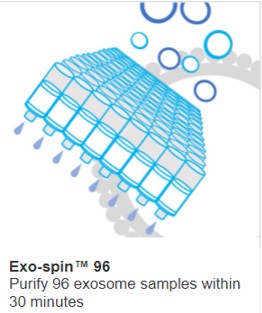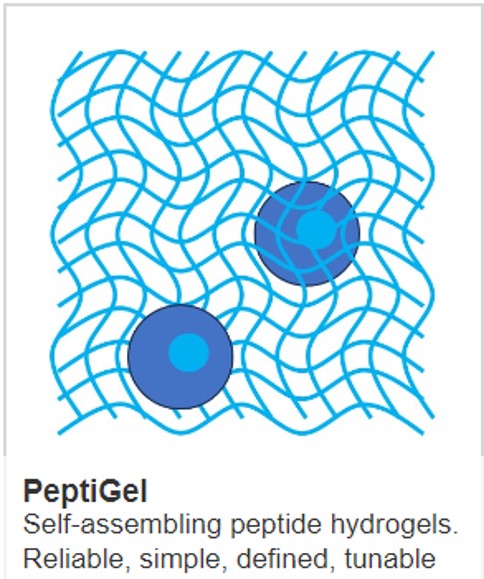Can CAR-T cells succeed in solid cancers?

CAR T-cell therapy has been disappointing in the treatment of solid tumors and faces many challenges. To overcome tumor-defense mechanisms including immunosuppression (immunosuppressive cytokines secreted by solid tumors), antigen escape, and physical barriers against CAR-T cells to infiltrate into solid tumors, more sophisticated engineering approaches are required to develop effective CAR T-cell therapies.
CAR T-cell therapies have been approved for the treatment of the following types of cancer, including B cell acute lymphoblastic leukaemia (B-ALL) in children and young adults up to age 25, diffuse large B cell lymphoma (DLBCL), primary mediastinal large B-cell lymphoma, Mantle Cell Lymphoma (MCL), Follicular Lymphoma, and Multiple Myeloma
Despite revolutionary progress in blood cancers, equivalent success has yet to be duplicated in solid tumor malignancies. Significant developments such as allogeneic or “off-the-shelf” CAR-T cells, which involve T cells from a donor’s circulating blood, have attempted to improve success [ 10 ]. However, solid tumors present unique challenges, such as a hostile tumor microenvironment (TME) and heterogeneous antigen expression that hinder similar advancements
Challenges in Developing CAR-T Cell Therapies for Solid Tumors
Solid tumors create a hostile microenvironment that can suppress immune responses. The TME often contains immunosuppressive cytokines and cells that inhibit CAR-T cell activity. Unlike hematological cancers, which often express uniform antigens like CD19, solid tumors exhibit heterogeneous antigen expression. This makes it difficult to identify a single target for CAR-T cells. Solid tumors also have dense stromal components that act as physical barriers, preventing CAR-T cells from effectively infiltrating the tumor mass. Tumors can downregulate or lose the expression of target antigens, leading to antigen escape and treatment failure. There aqre also significant saftey concerns: Targeting antigens that are also expressed on normal tissues can lead to off-target effects and toxicity.
Strategies to Overcome the Challenges
Researchers are exploring CAR-T cells that target multiple antigens simultaneously to address antigen heterogeneity and reduce the risk of antigen escape. THese include
- Engineering T Cells: Advanced engineering techniques are being used to enhance the ability of CAR-T cells to survive and function within the hostile tumor microenvironment. This includes modifying CAR-T cells to resist immunosuppressive signals or to secrete cytokines that can modulate the TME.
- Allogeneic CAR-T Cells: “Off-the-shelf” CAR-T cells derived from healthy donors are being developed to provide a more readily available treatment option and to potentially enhance the efficacy of CAR-T cell therapies in solid tumors.
- Combination Therapies: Combining CAR-T cell therapy with other treatments, such as checkpoint inhibitors, chemotherapy, or radiotherapy, is being investigated to improve outcomes. These combinations may help to modulate the TME or enhance CAR-T cell infiltration and activity.
- Improved Target Identification: Efforts are underway to identify more specific tumor-associated antigens that are not expressed on normal tissues, thereby reducing off-target effects and improving the safety profile of CAR-T cell therapies.
- Enhancing CAR-T Cell Persistence: Strategies to improve the persistence and longevity of CAR-T cells in the body are being explored. This includes genetic modifications to enhance their survival and proliferation once they are infused into the patient.
- Localized Delivery: Techniques to deliver CAR-T cells directly to the tumor site are being developed to increase their concentration at the tumor and reduce systemic side effects.
- Overcoming Physical Barriers: Research is focused on modifying CAR-T cells to express enzymes that can degrade the extracellular matrix of solid tumors, facilitating better infiltration and penetration into the tumor mass.
- Supporting CAR-T cells with cytokine-secreting monocytes: At Cell Guidance Systems, we are efficiently reprogramming monocytes to constitutively secrete pro-inflammatory cytokines which support the maturation and training of CAR-T cells within solid tumours.
- Synthetic Notch Receptors: These are engineered receptors that can be used to program CAR-T cells to respond to specific signals within the tumor microenvironment, potentially enhancing their specificity and reducing off-target effects.
Clinical Trials and Research
Numerous clinical trials are ongoing to test the efficacy and safety of these novel approaches in various types of solid tumors, including glioblastoma, pancreatic cancer, and ovarian cancer.
These strategies represent a multi-faceted approach to overcoming the complex challenges associated with CAR-T cell therapies for solid tumors and include
- Bispecific CARs: These CARs are designed multiple antibodies to recognize two different antigens simultaneously, which can enhance specificity and reduce the likelihood of tumor escape due to antigen loss. CARs with three or more antibodies are also in development.
- Armored CAR-T Cells: These are CAR-T cells engineered to secrete additional cytokines or express co-stimulatory molecules that can enhance their anti-tumor activity and modulate the tumor microenvironment to be more favorable for immune attack.
- Targeting the Tumor Vasculature: Some strategies involve targeting the blood vessels that supply the tumor, which can disrupt the tumor’s nutrient supply and make it more susceptible to CAR-T cell attack.
- Use of Nanotechnology: Nanoparticles are being explored to deliver CAR-T cells or supportive agents directly to the tumor site, potentially enhancing the concentration and effectiveness of the therapy.
- Personalized CAR-T Cell Therapies: Tailoring CAR-T cell therapies to the specific genetic and antigenic profile of an individual’s tumor can improve targeting accuracy and treatment outcomes.
- Regulatory T Cell Modulation: Strategies to inhibit or deplete regulatory T cells (Tregs) within the tumor microenvironment are being explored. Tregs can suppress immune responses, so reducing their influence may enhance CAR-T cell efficacy.
- Checkpoint Inhibition: Combining CAR-T cell therapy with checkpoint inhibitors, such as PD-1 or CTLA-4 blockers, can help overcome immune suppression and enhance the anti-tumor activity of CAR-T cells.
- Metabolic Reprogramming: Engineering CAR-T cells to alter their metabolic pathways can improve their function and persistence in the nutrient-deprived and hypoxic conditions often found within solid tumors.
- Oncolytic Viruses: Oncolytic viruses can be used to selectively infect and kill tumor cells, and they can also modify the tumor microenvironment to be more conducive to CAR-T cell activity.
- Safety Switches: CAR-T therapy has been associated with numerous short term and long term side effects. Incorporating safety switches into CAR-T cells allows for the controlled elimination of the cells in case of severe adverse effects, improving the safety profile of the therapy.
- Epigenetic Modulation: Modifying the epigenetic landscape of CAR-T cells or the tumor microenvironment can potentially enhance the effectiveness of CAR-T cell therapies. This approach involves altering gene expression patterns to improve CAR-T cell function or to make the tumor more susceptible to immune attack.
- Adoptive Cell Transfer Combinations: Combining CAR-T cells with other forms of adoptive cell transfer, such as tumor-infiltrating lymphocytes (TILs), may provide a synergistic effect, enhancing the overall anti-tumor response.
- Targeting Cancer Stem Cells: Cancer stem cells are thought to be responsible for tumor recurrence and resistance to therapy. CAR-T cells designed to target these cells specifically could potentially lead to more durable responses.
- Use of Artificial Antigen-Presenting Cells: Artificial antigen-presenting cells can be used to expand and activate CAR-T cells ex vivo before infusion, potentially enhancing their potency and effectiveness.
IMAGE, CAR-T cells binding to cancer CRDEIT: Cell Guidance Systems
Learn more about powerful technologies that are enabling research:



